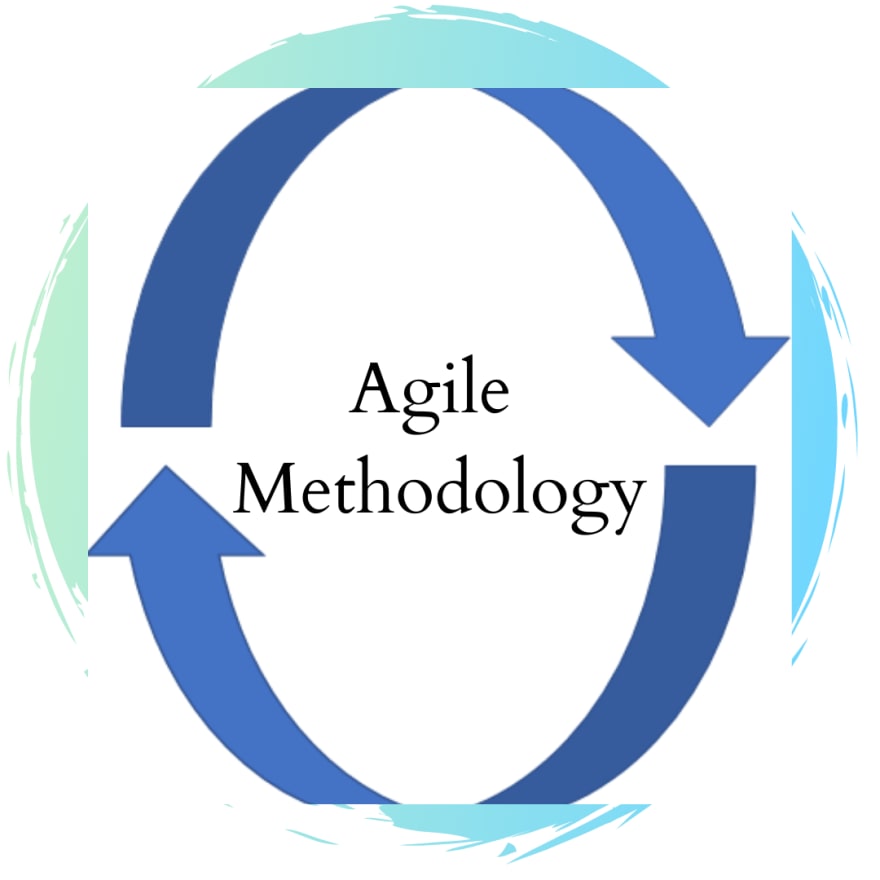Product managers work in collaboration with their dev team and stakeholders towards a common goal: improve a product before it’s launch.
Software design is one of the preliminary steps towards the launch of a product. Communication of the design has to be clear to the product team. One of the major causes of failure for software projects is building something the sponsor did not want. One way we have come to adopt to avoid this type of failure is the agile methodology instead of waterfall.
In the latter, one works linearly, and the result may be disappointing as improvements. It is better to work in collaboration with other stakeholders of the product. Product sponsors must agree to the details of the product at every step.
Product manager’s role in improvement
Conveying detailed information ensures the production of a high-grade product. The most critical step in communicating software planning is the written product specification.
Without it, you will end up building the wrong product. All kinds of problems arise if you have given incomplete or unclear details to the product team. From design issues to bugs to overall functionality hiccups, many changes are required. At this point, you wish that you had written a better specification document and skipped through this nerve-wracking part. Product managers must improve the product before it's launch. This saves the cost and time of the project. I will expand on the idea in this blog by explaining how it improves a product before its launch.
What should a product specification include?
A product specification document has to be articulate and detailed. One may have to rewrite it several times and include minute details to it. Spending time on the product specification will bring a better return on investment. Don't worry about adding too many details: the more information you give, the better the outcome.
To make this simpler, let's compare a product to a cell phone cover you ordered online. Looking at the picture, the dimensions, and reviews -it seems right. Yet, when you receive it, you realize it is not what you had imagined it to be. The material is cheap, it is a dull version of the picture, and it does not feel right in your hands.
Some vital information was missing from the product description. You can tell there is room for improvement in the product. So, you send it back, give more details of your requirements and wait for a better version. But, there's some wastage of time and cost of sending it back. It would have been better if the product description had been accurate and detailed. Likewise, product managers can produce better products when communication is precise and clear.
With the agile method, early issue identification allows better deliverables. It also builds trust between management and stakeholders.
Using the Agile Methodology for an Improved Product
Any project aims to launch an improved and efficient product. For example, a pedometer revolves around the concept of fitness. It should include functions that suit people of all fitness levels, ages, and gender. A step tracking app should consist of step counts, calories burned, and pulse rate, among other features. Measuring the step count should be accurate and in sync with pulse. A problem may arise if you do not include detailed information on building the product. You may have missed out on accurate graphics or syncing methodology of the pulse with steps. Several cycles of revision of a product before it's launch ensures an accurate result. Revisions and improvements in the documentation are crucial to the process of production. The agile project management methodology works great when the production document is accurate and has minute details.
Conclusion
The product specification document makes the product user-friendly and easy to maintain. An incomplete document leads to client's disappointment and time wasted in over-documentation. The solution is to collaborate with designers, analysts, stakeholders, and project managers. Having discussions on any roadblocks and issues early on saves time and frustration. Instead of working on waterfall methodology, the agile method allows working together. Work becomes more focused and purpose-driven. Sharing ideas and initiating discussions with other designers and production managers. They can assist by coming up with ideas and information you may have missed. It solidifies the plan and helps with a smooth launch of the product. A design document saves time if you include all the why, what, how, and who in the document.








Top comments (0)